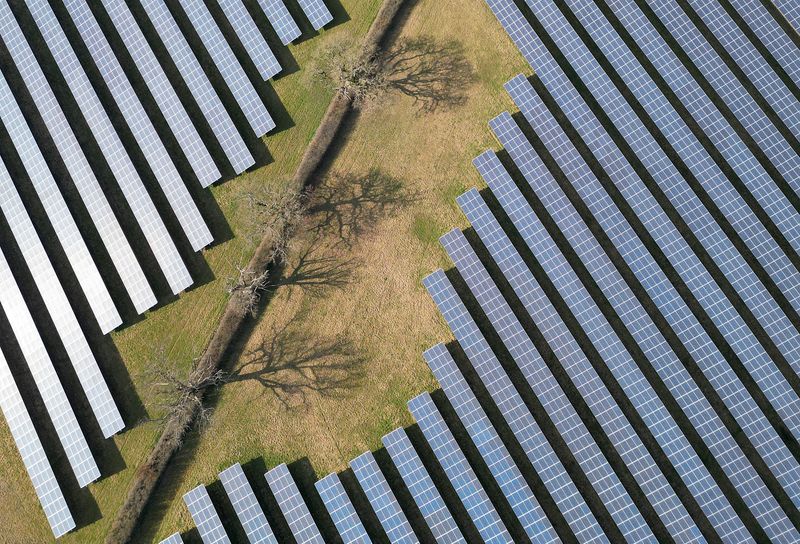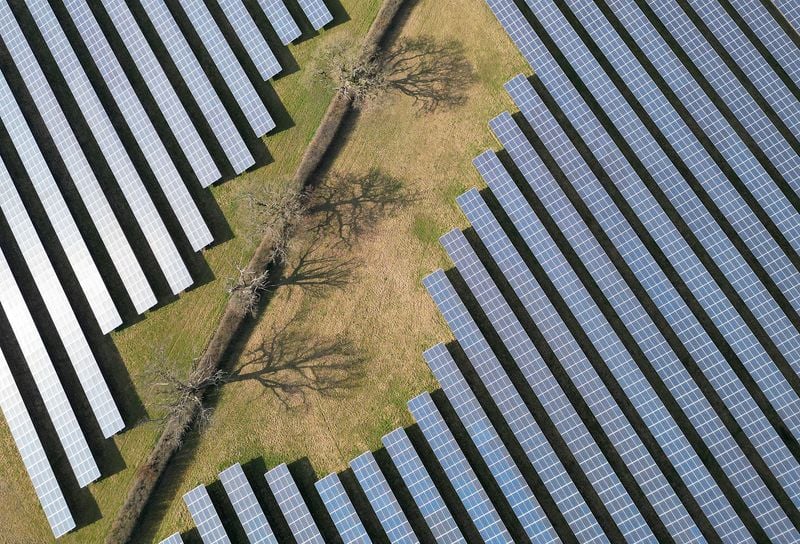
TRENTON, N.J. – Governor Phil Murphy on Wednesday announced the launch of a new website aimed at helping municipalities and developers navigate solar energy projects on landfills and other unusable land.
The website, part of a broader initiative to support clean energy in the state, is designed to streamline the process of planning, funding, and completing solar projects.
The Governor also signed new legislation, A4619/S3479, to bolster historic preservation and incentivize the redevelopment of brownfields into solar energy facilities. “In New Jersey, we have set the ambitious goal of delivering a 100 percent green economy,” Murphy said. “With the launch of the Landfill to Solar website, we are putting all our resources in one place so municipalities and developers can leverage otherwise unusable land into renewable energy sites.”
The new website, created by the Governor’s Office of Climate Action and the Green Economy, consolidates resources from the New Jersey Board of Public Utilities (BPU), Economic Development Authority (EDA), and Department of Environmental Protection (DEP).
It provides a step-by-step guide for municipal governments and developers on how to initiate solar projects and access incentive programs. This is part of the administration’s broader effort to reduce emissions and promote economic development through renewable energy.
The legislation signed by Governor Murphy enhances the Brownfields Redevelopment Incentive Program Act and the Historic Property Reinvestment Act, expanding tax credits for solar projects on former landfill sites and increasing support for historic preservation efforts. “Increasing tax incentives and fixing administrative hurdles…will create jobs, stimulate local economies, and revitalize our communities,” said Senate Majority Leader M. Teresa Ruiz, a co-sponsor of the bill.
Solar projects located on remediated landfills will be eligible for tax credits covering up to 100 percent of the costs, with a cap between $8 million and $12 million depending on the location. The legislation also expands tax credits for the rehabilitation of historic properties, allowing for more projects to qualify.
New Jersey is currently on track to exceed 7,400 megawatts of installed solar capacity by 2026, supporting the state’s goal of 100 percent clean electricity by 2035.

